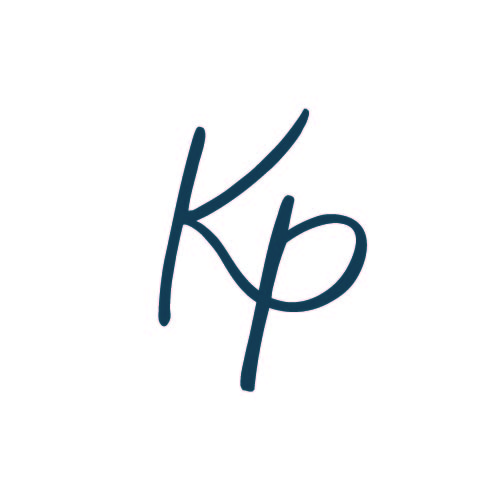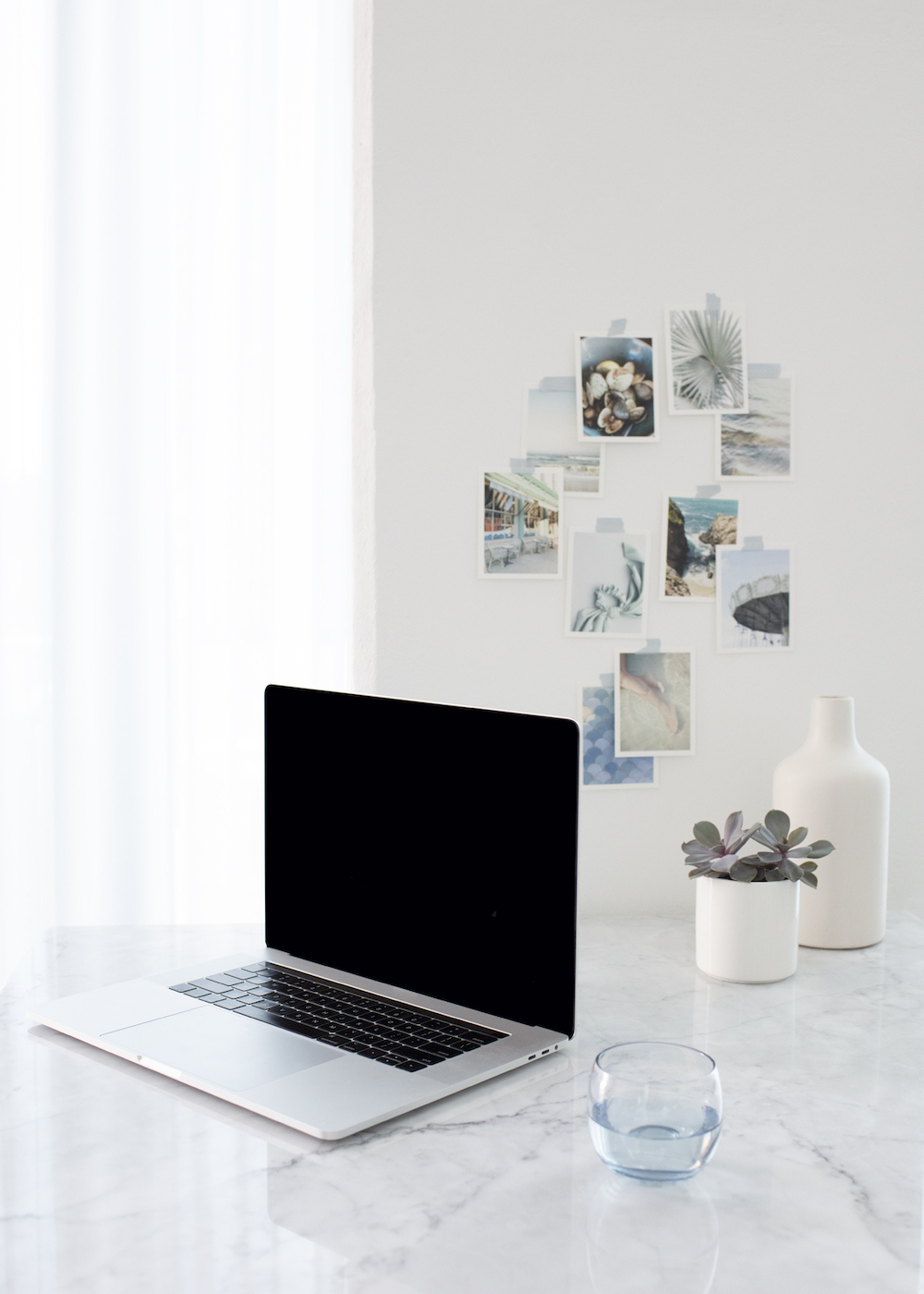Okay, I'll admit it – that title was maaaaybe a little bit of clickbait. Because in my opinion, the number one mistake you're making with your logo on Canva…is making a logo on Canva. Before we even dive into the reasons why, I want to acknowledge that every single business owner is in a different stage of their business, with different budgets, and different goals. So, if making a quick logo on Canva is what your business needs and makes sense for you right now, I absolutely want to empower you to choose that route.
However, one of the phrases I cling to in business is “Whatever is worth doing is worth doing well,” which means that I want to share about why it might be important to have a more flexible, and versatile logo as you move into further stages of your business and begin to grow and scale.
Individuality
Canva is designed to be a template-based platform, so all of its elements are pre-designed and not customizable. Even though you can change things like moving shapes around, changing fonts, changing colors…you cannot get anywhere close to the truly custom options of a logo designed in professional software, like Adobe Illustrator. I use illustrator for all of the branding that I do on my client projects, and it allows me to do things like change shapes down to the anchor point, reshape text, change the shape/paths of objects, and export an even wider variety of file types.
Canva is packed with thousands of awesome templates for basically every scenario, like basic logos, presentations, handouts dot dot dot basically anything you can think of! However, one of the biggest things I strive for when I am working on branding for a client is individuality and something that's truly custom to them. Oftentimes, we incorporate some type of designed element like the florals you'll see in an upcoming launch that were part of a semi-custom brand design.

These florals were sourced from an online marketplace and only available in Illustrator-friendly file types. If this client was making a logo in Canva, we wouldn’t have been able to use them.

Here's another example of customization in a logo mark – see how the K and P in this monogram-style mark flow together? That's the result of quite a bit of time in Illustrator adjusting & smoothing lines!
Versatility and Scalability
As your business grows, you may need to use your logo across various platforms, from websites and social media to packaging and promotional materials. This is where scalability comes in – the ability of a design to maintain its quality when used in any size.
A vector design is one that uses mathematical formulas to create an image – and those formulas adjust as the designs change size, maintaining their quality. Canva only produces what’s called a raster image, which is based on pixels (like a typical JPEG/photo). At this point, I think we’ve all had the experience of enlarging a photo too far and ending up with a super blurry, pixelated result! You know exactly what I’m talking about.
Having a professionally designed logo suite in a variety of vector files in addition to raster files allows for your logos to be scaled all the way up to something as large as billboard usage, and all the way down to tiny little logo marks on the footer of a document. Even if you don't have any plans to advertise on something as large as a billboard (something that’s typically not on the docket for my clients), let's think about something like screens.
The screens that we use in our everyday lives are often getting larger and larger with each product launch, and certainly getting more high definition. This means that all of the teeny tiny details truly truly matter. They're also going to become more painfully obvious as our display technology evolves. By investing in a professionally designed brand toward the beginning of your business, or at critical points in your business with a rebrand, you're helping ensure that you're set up visually for the long haul! Making a complex logo in Canva can limit you both in the present and as your business grows.
The Legal Stuff
At the time of this post, you can’t trademark any content made on Canva beyond lines and fonts! So if you ever want to apply for exclusivity rights for your logo and other branding assets, it’s only possible to do that with a custom designed logo. If you use any kind of stock media (like an icon) out of the Canva library, you also lose the copyright you’d typically hold with anything you create.
This post is obviously not meant as legal advice, but if you're anything like me – I get very overwhelmed by the legal language in terms of use. When I'm using different design elements, I only move forward with the options that are really clearly spelled out for me. That's why I'm very picky about where I select semi-custom design elements for my clients, have very clear contracts in my own business as to who owns the right to any finished products we create, and carefully source any stock images/video I use for client and Hello & Co projects.
An Alternative to a Canva Logo
Before closing out this post, I also want to give an option for businesses that may just be starting out, have limited resources, or just don't have the budget to spend on professional design right now. In these instances, I would highly recommend using Canva or similar software to create a wordmark for your brand. This is a typed version of your business name that you can then pair with consistent fonts and colors to create some visual recognition for your brand without a full logo suite. Peep an example below!
While you're doing this, you can also use Canva to create some templates that are visually cohesive with your beginner branding suite! Then, use them on social media, on your website, and anywhere else your business shows up. One of the biggest mistakes new business owners make when creating a DIY brand is overdoing it, so if this is the stage your business is in – think simple and consistent until you’re able to invest in a more in-depth option!



share this post
« How to Write A Private Practice Website
Murray Nutrition | Branding & Website Launch »